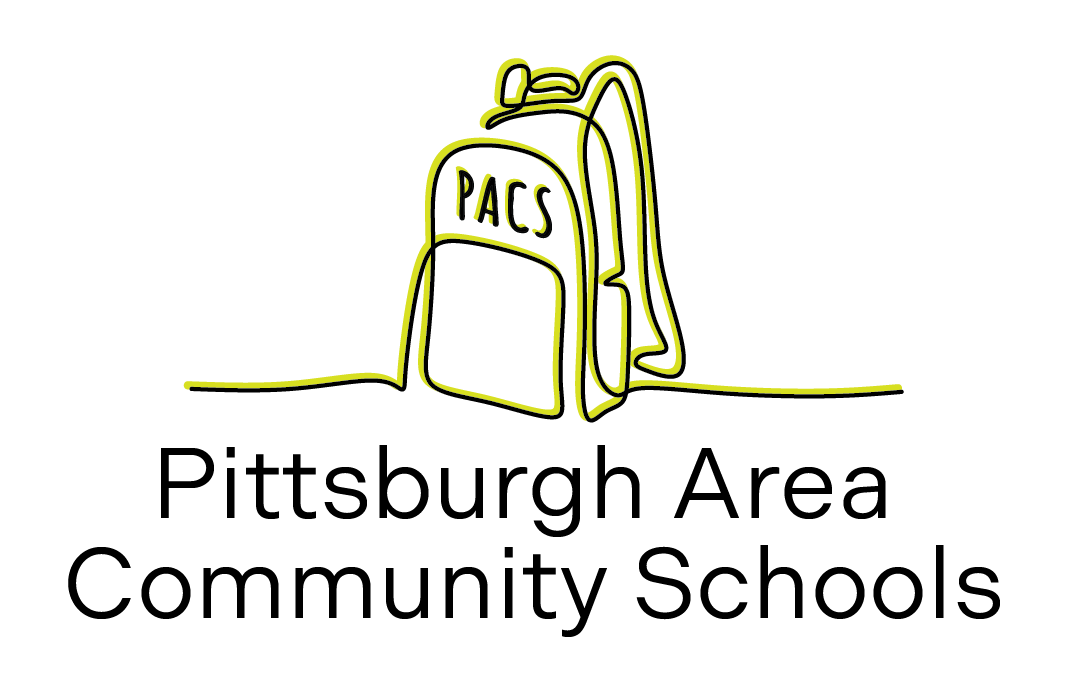[Repost] Schools Can Be A Center for Hope
[Originally posted November 5, 2021]
At the beginning of the school year, I was actually starting to see a silver lining in all the chaos COVID-19 has brought to education – at least schools are getting more attention. Regardless of whether it is out of compassion, fear, or fury, all eyes are on the education system as we continue to re-invent what it means to learn during a pandemic and find ways to “help our students recover what they’ve lost.”
This has led to an outpouring of support neighbors, community foundations, and local businesses. Here at CISPAC, we saw our largest back-to-school supply drive ever thanks to community partners like KeyBank and UBS Financial Services, and new grants in support of student reengagement have allowed us to double the size of our in-school staff all in support of “helping students recover from the pandemic.”
And then I saw the first student surveys for the year, and for the first time in over 10 years in education I saw multiple students, from High School down to Elementary express the concern:
“I’m worried about how far behind I am.”
It got me thinking, about the invisible items we packed into children’s backpacks on their way back to school this Fall. What emotional and psychological burdens are we, inadvertently, strapping children with as they head into the classroom to learn? Are we passing on the fear and trauma of the last year to our children precisely at the time that they need messages of hope? Adults are constantly worrying aloud about the year that students lost. We have declared a generation of children to be behind academically, socially, and vocationally. Our children hear these message and carry that load on their backs like an overstuffed bookbag into the doors of schools. We hear from the children we work with that they are stressed and afraid about falling behind.
As the Executive Director of CISPAC, I care deeply about making sure that all children have access to an equitable and robust learning experience. I agree, we certainly have rebuilding to do, but the foundation of it must be one of hope and resilience. We need to take a moment for a collective pat on the back for making it as far as we have. Unfortunately, the pandemic is not fully behind us, but there is still reason to be optimistic. Our kids need that optimism from us. So much has been lost, it is true, but our children’s future is still vibrant with possibilities.
Trauma-informed principles teach us to give language to adverse experiences, yes, but it also challenges us to imagine a brighter future. During this pandemic-era, we must be intentional to speak life into our collective strengths and the hope of what the next generation will accomplish. Let us begin to talk to our kids about the joy of learning, the pleasure in exploration, the gift of creative expression, and the excitement of being together again. Have we already forgotten what the pandemic taught us about what is most important?
Our kids are not in school to scramble to make up for lost time. Not everything that happens in the classroom must be about preparing for college or the workforce. Learning in and of itself is valuable and should be celebrated even if it is not in preparation for the next thing. Academics are vitally important, but we need to allow our children some space to breathe and have fun again. I truly believe our kids will be okay and thrive, but they need for the adults to help them unpack those invisible burdens and focus on the many hopeful things ahead.
If you’d like CISPAC’s help in developing a positive, trauma-informed pandemic reengagement program, please reach out today.
Bridget,
Executive Director

